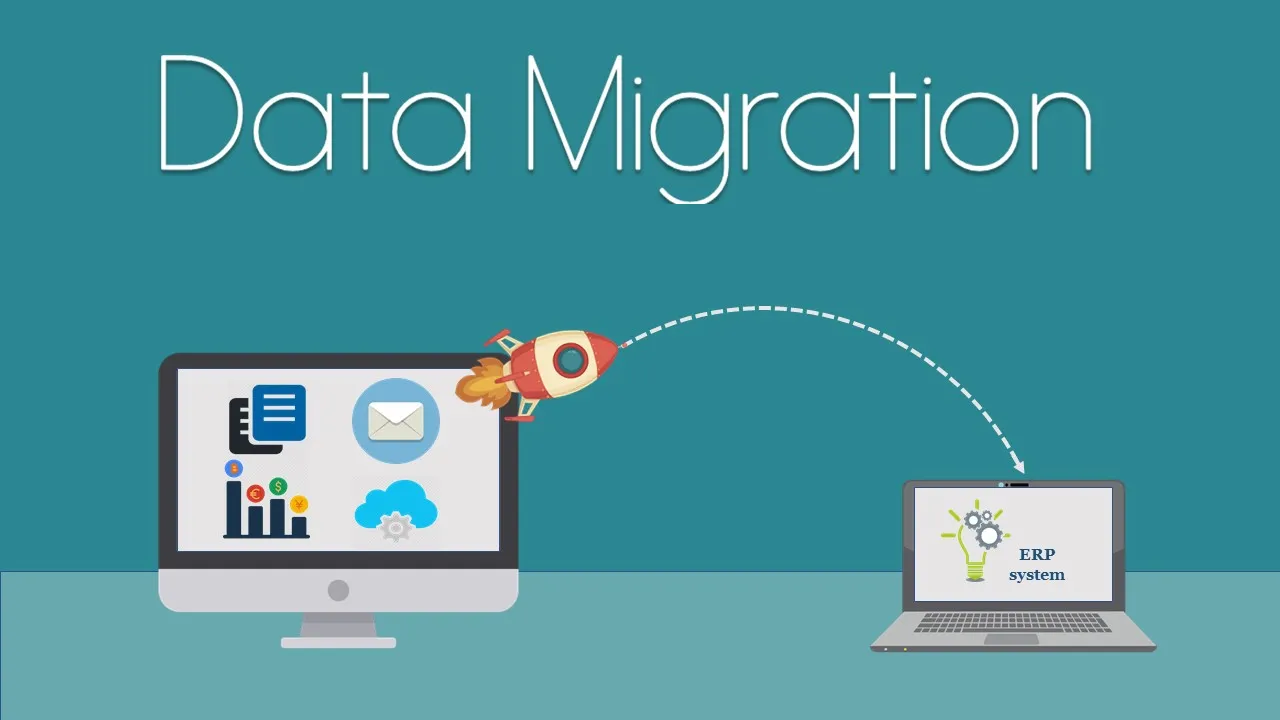This 7-step data migration plan will help ensure your data will be safe, sound, and smoothly transferred wherever you need it to.
Data migration is complex and risky — yet unavoidable for most companies’ processes. Especially now, at times of mass transitioning from on-premises systems to the cloud, companies are migrating their data to or in-between Microsoft, Google, or AWS cloud storage.
Regardless of the reasoning behind your data migration, the process and its pitfalls stay the same: downtime, data misplacement, data corruptions, losses, leaks, format incompatibilities, etc. In fact, Bloor’s data migration report shows that 84% of data migration projects overrun time or budget and 70-90% of migrations don’t meet expectations.
Of course, the severity of failed migration consequences varies depending on the company’s size, the volume and importance of data, compliance implications, and more. But no matter if you are a small-to-medium or enterprise-sized company, losing data and money due to poor migration will take its toll one way or another.
To help you avoid this scenario, we prepared a 7-step data migration plan to help ensure your data will be safe, sound, and smoothly transferred wherever you need it to. These rules apply to every type of data migration, but if you’re interested in migrating Google data specifically, read this article.
#cloud #big data #data migration #data migration automation #data migration best practices #g suite data migration
